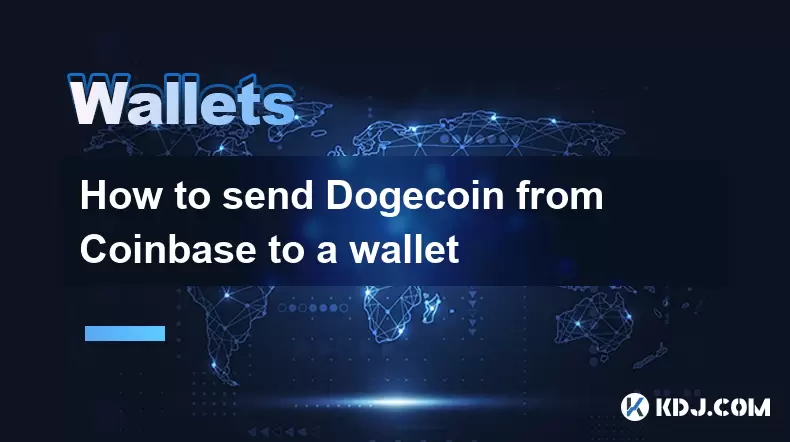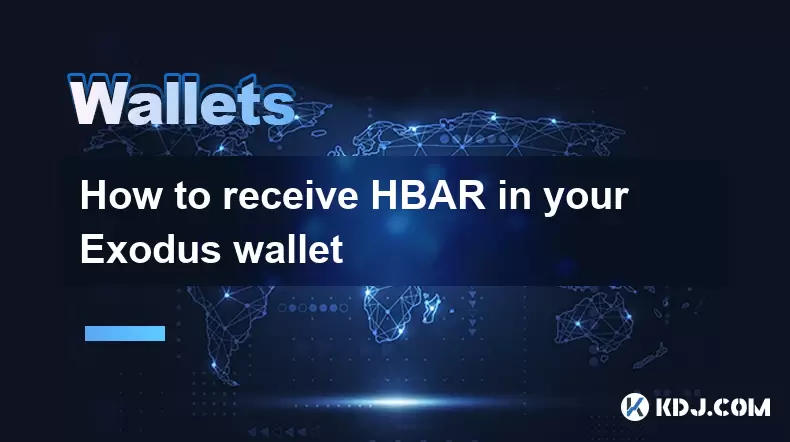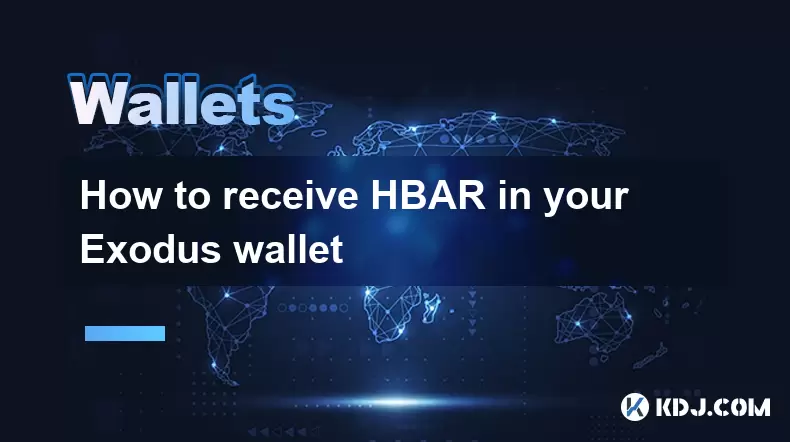-
 Bitcoin
Bitcoin $116400
-0.36% -
 Ethereum
Ethereum $4033
3.40% -
 XRP
XRP $3.302
-1.26% -
 Tether USDt
Tether USDt $1.000
-0.02% -
 BNB
BNB $796.1
1.67% -
 Solana
Solana $177.8
1.89% -
 USDC
USDC $0.9999
0.00% -
 Dogecoin
Dogecoin $0.2314
4.09% -
 TRON
TRON $0.3381
0.14% -
 Cardano
Cardano $0.7989
1.22% -
 Stellar
Stellar $0.4496
-1.84% -
 Chainlink
Chainlink $20.42
9.42% -
 Hyperliquid
Hyperliquid $41.17
0.88% -
 Sui
Sui $3.914
3.77% -
 Bitcoin Cash
Bitcoin Cash $584.7
1.52% -
 Hedera
Hedera $0.2632
-0.54% -
 Avalanche
Avalanche $24.09
3.40% -
 Ethena USDe
Ethena USDe $1.001
-0.02% -
 Litecoin
Litecoin $123.2
1.33% -
 Toncoin
Toncoin $3.318
-0.04% -
 UNUS SED LEO
UNUS SED LEO $8.984
-0.05% -
 Shiba Inu
Shiba Inu $0.00001323
2.85% -
 Uniswap
Uniswap $10.90
4.41% -
 Polkadot
Polkadot $3.999
3.34% -
 Dai
Dai $1.000
0.01% -
 Cronos
Cronos $0.1630
9.64% -
 Bitget Token
Bitget Token $4.484
0.82% -
 Monero
Monero $272.4
2.44% -
 Pepe
Pepe $0.00001173
6.03% -
 Aave
Aave $290.8
2.88%
How to send Bitcoincoin from Coinbase to a wallet
To send Dogecoin from Coinbase to an external wallet, ensure the wallet supports DOGE, copy its public address, initiate a withdrawal on Coinbase, and confirm the transaction with 2FA.
Aug 09, 2025 at 02:35 pm

Understanding Dogecoin and Coinbase Wallet Integration
Sending Dogecoin (DOGE) from Coinbase to an external wallet requires a clear understanding of how the platform manages digital assets. Coinbase is both an exchange and a custodial wallet, meaning it holds your private keys. When you purchase Dogecoin on Coinbase, it is stored within your account under Coinbase’s control. To transfer it to a non-custodial wallet—where you control the private keys—you must initiate a withdrawal. This process allows you to gain full ownership of your DOGE.
It’s crucial to confirm that the receiving wallet supports Dogecoin. Not all cryptocurrency wallets are compatible with DOGE due to differences in blockchain protocols. Before initiating the transfer, verify the wallet’s compatibility by checking its official documentation or support page. Sending DOGE to an incompatible wallet may result in permanent loss of funds.
Preparing Your External Wallet for Receiving DOGE
Before initiating the transfer from Coinbase, ensure your external wallet is ready to receive Dogecoin. Popular wallets that support DOGE include Trust Wallet, Exodus, Ledger, and Electrum for Dogecoin. Each of these wallets generates a unique public address for receiving DOGE. This address typically starts with a "D" or "A" and consists of a long string of alphanumeric characters.
To prepare the wallet:
- Open the wallet application or device.
- Navigate to the receive section.
- Select Dogecoin from the list of available cryptocurrencies.
- Copy the public receiving address provided.
- Store this address securely and ensure it is accurate before proceeding.
Never reuse a receiving address unless the wallet explicitly supports it. Most wallets generate a new address for each transaction to enhance privacy and security. Double-check that the address begins with a valid DOGE prefix to avoid sending funds to an incompatible network.
Initiating the Withdrawal from Coinbase
Log into your Coinbase account via the web platform or mobile app. Navigate to the wallet section where your Dogecoin balance is displayed. Click on the Dogecoin asset to open its management options. Look for the Send/Receive button and select Send to begin the withdrawal process.
In the send interface:
- Paste the external wallet’s public address into the recipient field.
- Enter the amount of DOGE you wish to transfer.
- Review the network fee displayed—Coinbase charges a small fee for processing the transaction.
- Confirm that the recipient address is correct by cross-checking each character.
Coinbase may prompt you to complete two-factor authentication (2FA) at this stage. This security measure helps prevent unauthorized transactions. Use your authenticator app or SMS verification to approve the withdrawal. Once confirmed, the transaction is broadcast to the Dogecoin network.
Verifying the Transaction on the Dogecoin Blockchain
After submitting the withdrawal, Coinbase provides a transaction ID (TXID). This unique identifier allows you to track the status of your DOGE transfer on the blockchain. Copy the TXID and visit a Dogecoin block explorer such as dogechain.info or blockchair.com/dogecoin.
In the block explorer:
- Paste the TXID into the search bar.
- Press enter to view the transaction details.
- Check the number of confirmations—each new block added to the chain increases this count.
The Dogecoin network typically requires 3 to 6 confirmations for a transaction to be considered secure. The time between blocks is approximately one minute, so confirmation is usually fast. If the transaction does not appear in the explorer after 30 minutes, verify the address and amount with Coinbase support.
Avoiding Common Mistakes During DOGE Transfer
Errors during the transfer process can lead to irreversible loss of funds. One of the most frequent mistakes is sending Dogecoin to a Bitcoin address or another incompatible network. Even if the address format appears similar, DOGE operates on its own blockchain and cannot be recovered if sent incorrectly.
Other critical precautions include:
- Never share your private key or recovery phrase with anyone, including Coinbase support.
- Avoid using public Wi-Fi when accessing your wallet or Coinbase account.
- Always double-check the recipient address before confirming the send.
- Do not rely solely on QR codes—manually verify a few characters of the scanned address.
If you are transferring a large amount, consider sending a small test transaction first. This allows you to confirm that the receiving wallet works as expected before moving the full balance.
Managing Network Fees and Transaction Speed
Coinbase automatically calculates the network fee based on current congestion levels on the Dogecoin blockchain. These fees are paid to miners who validate and include your transaction in a block. While DOGE fees are generally low, they can fluctuate during periods of high demand.
You cannot manually adjust the fee on Coinbase. The platform uses a standard fee rate to ensure timely processing. If you notice unusually high fees, wait for network activity to decrease before initiating the transfer. Monitoring the Dogecoin mempool can provide insights into current transaction volume and expected confirmation times.
Transactions with higher fees are prioritized by miners. Coinbase’s default fee usually ensures confirmation within a few minutes. If your transaction remains unconfirmed for over an hour, check the block explorer to see if it’s stuck in the mempool. In rare cases, you may need to contact Coinbase support for assistance.
Frequently Asked Questions
Can I send Dogecoin from Coinbase to a wallet that only supports ERC-20 tokens?
No. Dogecoin operates on its own blockchain and is not an ERC-20 token. Sending DOGE to an Ethereum-based wallet will result in permanent loss. Only send Dogecoin to wallets that explicitly support the Dogecoin network.
What should I do if I entered the wrong wallet address when sending DOGE?
If the address is invalid, Coinbase may block the transaction. If it’s a valid but incorrect address, the funds cannot be recovered. Always double-check the address before confirming. Contact Coinbase support immediately, though recovery is unlikely.
Does Coinbase charge a fee for sending Dogecoin?
Yes. Coinbase charges a network fee that covers the cost of processing the transaction on the Dogecoin blockchain. This fee varies based on network congestion and is displayed before you confirm the send.
How long does it take for Dogecoin to arrive in my external wallet?
Most transfers are completed within 10 to 30 minutes. After Coinbase processes the withdrawal, the Dogecoin network typically confirms the transaction in 3 to 6 blocks. You can track progress using the TXID on a block explorer.
Disclaimer:info@kdj.com
The information provided is not trading advice. kdj.com does not assume any responsibility for any investments made based on the information provided in this article. Cryptocurrencies are highly volatile and it is highly recommended that you invest with caution after thorough research!
If you believe that the content used on this website infringes your copyright, please contact us immediately (info@kdj.com) and we will delete it promptly.
- Maxi Doge Presale: The Meme Coin That's Pumping Iron and Prices!
- 2025-08-09 19:10:11
- Rare Coin Warning: Don't Get Fooled by That 1p Coin!
- 2025-08-09 18:50:12
- Cardano, Unilabs, and Tron Price: Decoding the Latest Crypto Buzz
- 2025-08-09 18:30:12
- Aerodrome Finance: Price Targets and the Bullish Channel - What's Next?
- 2025-08-09 18:50:12
- BlackRock and the Crypto ETF Landscape: No XRP (Yet!), But What's Next?
- 2025-08-09 19:10:11
- Rare Coin Frenzy: eBay Sees 2p Coin Listed for Over £2K!
- 2025-08-09 18:55:11
Related knowledge

How to manage your portfolio in Exodus wallet
Aug 08,2025 at 10:07pm
Understanding the Exodus Wallet InterfaceThe Exodus wallet is a non-custodial cryptocurrency wallet that supports a wide range of digital assets. When...

How to reset your MetaMask password
Aug 08,2025 at 01:28pm
Understanding the MetaMask Password Reset ProcessMany users confuse the MetaMask password with the seed phrase or private key, but they serve differen...

How to buy Dogecoin on MetaMask
Aug 08,2025 at 03:42am
Understanding Dogecoin and MetaMask CompatibilityDogecoin (DOGE) is a popular meme-based cryptocurrency that operates on its own blockchain, originall...

How to switch between networks in Trust Wallet
Aug 09,2025 at 11:07am
Understanding Network Switching in Trust WalletSwitching between networks in Trust Wallet allows users to manage assets across different blockchains, ...

How to receive HBAR in your Exodus wallet
Aug 08,2025 at 11:28pm
Understanding HBAR and the Hedera NetworkThe HBAR cryptocurrency is the native token of the Hedera Hashgraph network, a distributed ledger technology ...

How to receive HBAR in your Exodus wallet
Aug 09,2025 at 06:07am
Understanding HBAR and the Hedera NetworkHBAR is the native cryptocurrency of the Hedera Hashgraph network, a distributed ledger technology that uses ...

How to manage your portfolio in Exodus wallet
Aug 08,2025 at 10:07pm
Understanding the Exodus Wallet InterfaceThe Exodus wallet is a non-custodial cryptocurrency wallet that supports a wide range of digital assets. When...

How to reset your MetaMask password
Aug 08,2025 at 01:28pm
Understanding the MetaMask Password Reset ProcessMany users confuse the MetaMask password with the seed phrase or private key, but they serve differen...

How to buy Dogecoin on MetaMask
Aug 08,2025 at 03:42am
Understanding Dogecoin and MetaMask CompatibilityDogecoin (DOGE) is a popular meme-based cryptocurrency that operates on its own blockchain, originall...

How to switch between networks in Trust Wallet
Aug 09,2025 at 11:07am
Understanding Network Switching in Trust WalletSwitching between networks in Trust Wallet allows users to manage assets across different blockchains, ...

How to receive HBAR in your Exodus wallet
Aug 08,2025 at 11:28pm
Understanding HBAR and the Hedera NetworkThe HBAR cryptocurrency is the native token of the Hedera Hashgraph network, a distributed ledger technology ...

How to receive HBAR in your Exodus wallet
Aug 09,2025 at 06:07am
Understanding HBAR and the Hedera NetworkHBAR is the native cryptocurrency of the Hedera Hashgraph network, a distributed ledger technology that uses ...
See all articles

























































































